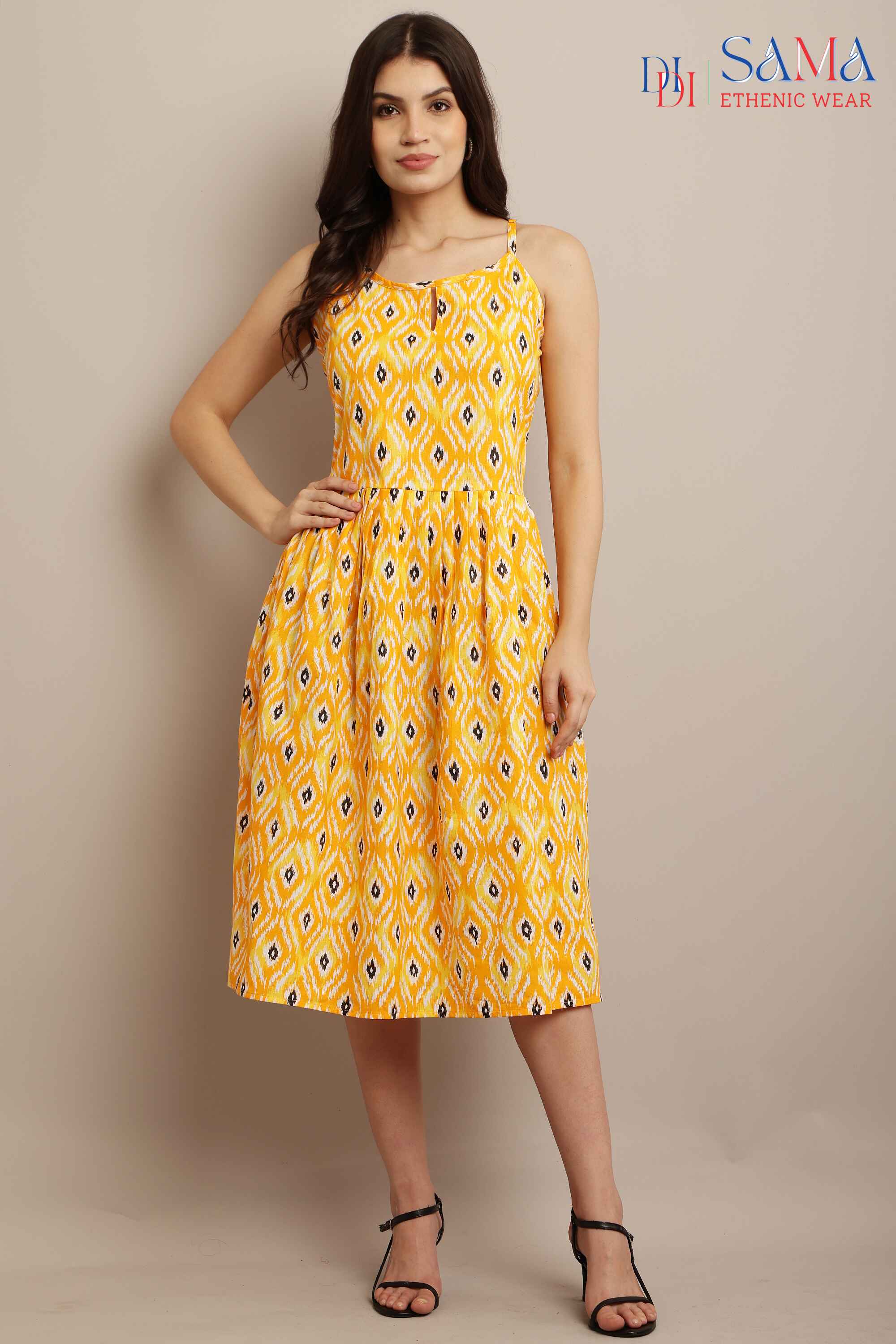Indian Traditional Dresses for Ladies: Styles, Significance, and Care Tips
Introduction
Indian traditional dresses for ladies are a celebration of the country's rich cultural heritage and vibrant diversity. These outfits are visually appealing and hold significant cultural and historical value. From the elegant saree to the versatile salwar kameez, Indian traditional wear for women reflects the country's craftsmanship and artistic prowess.
Relevance and Importance
Traditional Indian attire is an integral part of Indian identity. It is worn on various occasions, from daily wear to festivals, weddings, and formal events. Each region of India boasts its own unique style, which is often influenced by the local climate, culture, and history.
Types and Categories
Indian traditional dresses come in various forms, each with its unique charm and significance.
Saree
The saree is a long piece of cloth, typically five to nine yards long, draped elegantly around the body. It is known for its versatility and timeless appeal.
Regional Variations
- Banarasi Saree: Known for its rich silk fabric and intricate gold and silver brocade.
- Kanjeevaram Saree: Originating from Tamil Nadu, these sarees are famous for their vibrant colours and heavy silk material.
- Chanderi Saree: Hailing from Madhya Pradesh, these are lightweight and known for their glossy texture.
Salwar Kameez
The salwar kameez consists of a long tunic (kameez) paired with trousers (salwar) and is often accompanied by a dupatta (scarf).
Variations
- Anarkali: Featuring a long, frock-style top and a slim fitted bottom.
- Punjabi Suit: Characterized by its comfort and vibrant designs, often worn with a Patiala salwar.
Lehenga Choli
A lehenga is a long skirt paired with a fitted blouse (choli) and a dupatta. This attire is especially popular for weddings and festive occasions.
Regional Styles
- Rajasthani Lehenga: Known for its intricate mirror work and vibrant colours.
- Gujarati Ghagra: Features bold patterns and heavy embroidery.
Kurti
A kurti is a shorter version of the kameez, often worn with leggings, jeans, or palazzos. It is popular for its comfort and versatility.
Styles
- Straight Cut Kurti: Simple and elegant, ideal for office wear.
- A-Line Kurti: Flared from the waist, giving a graceful look.
Symptoms and Signs
Understanding the nuances of Indian traditional dresses involves recognizing their unique characteristics.
Fabric and Material
Indian traditional dresses are often made from luxurious fabrics such as silk, cotton, and chiffon. The choice of fabric can indicate the intended use, whether it is for daily wear or special occasions.
Embroidery and Embellishments
Many traditional dresses feature intricate embroidery, beadwork, and sequins. These embellishments add to the beauty and uniqueness of each outfit.
Colour and Patterns
Colours play a significant role in Indian attire, with each hue carrying cultural and symbolic meanings. Patterns range from floral prints to geometric designs, each adding a distinct charm to the attire.
Causes and Risk Factors
Several factors contribute to the popularity and continued relevance of traditional Indian dresses.
Cultural Significance
Traditional dresses are deeply rooted in Indian culture and are worn to honour various cultural practices and rituals.
Climatic Influence
The choice of fabric and style is often influenced by the regional climate. For instance, cotton sarees are popular in the hot and humid regions of India, while woollen shawls are common in colder areas.
Societal Norms
Traditional attire is often a reflection of societal norms and values. For instance, certain styles and colours are preferred for specific occasions like weddings and festivals.
Diagnosis and Tests
When selecting traditional Indian dresses, several factors need to be considered to ensure the best choice.
Fabric Quality
Checking the quality of the fabric is crucial. Authenticity tests, such as the burn test for silk, can help determine the fabric's purity.
Fit and Comfort
Ensuring the right fit is essential for comfort and elegance. Traditional dresses often come in various sizes and can be tailored to fit perfectly.
Authenticity
Verifying the authenticity of the attire, especially for expensive items like silk sarees or embroidered lehengas, is important. This can include checking for certifications or purchasing from reputable sources.
Treatment Options
Maintaining and preserving traditional Indian dresses involves specific care practices.
Cleaning
Different fabrics require different cleaning methods. Silk sarees often need dry cleaning, while cotton dresses can be hand-washed.
Storage
Proper storage is crucial to maintaining the quality of traditional dresses. Using breathable garment bags and avoiding direct sunlight can help preserve the fabric and colours.
Repairs and Alterations
Over time, traditional dresses may require repairs or alterations. Skilled tailors can help maintain the outfit's original beauty.
Preventive Measures
Taking preventive measures can help extend the life of traditional Indian dresses.
Regular Maintenance
Regular cleaning and airing out the dresses can prevent damage and keep them fresh.
Proper Handling
Handling the dresses with care, such as avoiding pulling on delicate embroidery or beadwork, is essential.
Environmental Conditions
Storing dresses in a cool, dry place away from direct sunlight and humidity can prevent fabric deterioration.
Personal Stories or Case Studies
Real-life stories highlight the emotional and cultural significance of traditional Indian dresses.
Wedding Memories
Many women cherish their wedding attire, often passing it down through generations as a treasured heirloom.
Festive Celebrations
Traditional dresses play a central role in festive celebrations, creating lasting memories and a sense of unity.
Expert Insights
Fashion designers and cultural experts provide valuable insights into the world of traditional Indian attire.
Designer Perspectives
Prominent designers discuss the inspiration behind their creations and the importance of preserving traditional crafts.
Cultural Experts
Experts share the historical and cultural context of various traditional dresses, emphasizing their significance.
Conclusion
Indian traditional dresses for ladies are a testament to the country's rich cultural heritage and artistic craftsmanship. From the elegant saree to the versatile salwar kameez, each attire tells a unique story. Embracing traditional wear is not just about fashion; it is about honouring and preserving the cultural legacy of India.

.jpg)

Comments
Post a Comment